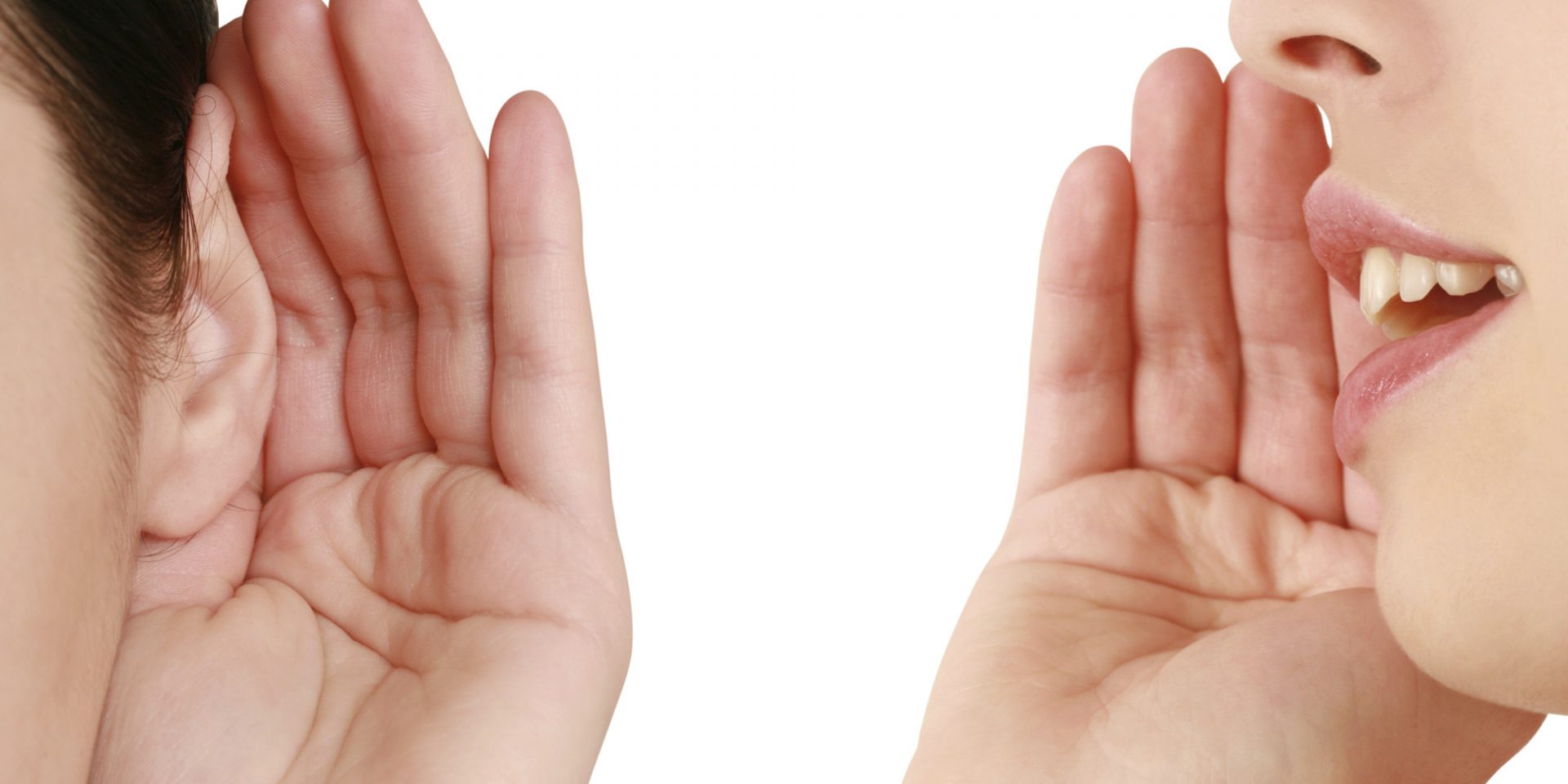Active Listening – A great way to nurture your relationships
I have said in another blog that active listening serves to nurture relationships. So I feel it is necessary for me to dedicate some attention to this skill and try to provide some tips on how to use it effectively. To understand active listening, one must understand its opposite. When we do not listen actively, we miss a good portion of the message. We pay attention to the words used and perhaps miss the underlying message which can be more important. Dr Gordon from P.E.T. gives a very convenient explanation about the process of communication, which I shall try to replicate.
A person has an experience which triggers some form of psychological/emotional reaction. Thoughts are created in our head about the experience. Now we have an accumulation of forces (emotional, psychological and cognitive) in ourselves which need to come out. This is where language comes in handy. This person will look sift through the vocabulary available (language) to create a code that explains in the best way the accumulation within. Unfortunately, these codes are often not accurate, which is why humans have a supporting feature in communication which uses non-verbal cues.
This implies that sometimes, what we say may not be exactly what we mean. The code may be inaccurate or insufficient. Active listening is not restricted to the code, but it attempts to absorb data coming from other sources, like; facial expressions or body posture. In this way we receive more information about the message.
Active listening is listening on another level. Sometimes we say we listen, when what we are doing is jumping on the bandwagon to pass our ideas, teach lessons and assert our superiority. Active listening does not do that. The listener is just a listener. As active listeners we show a great degree of curiosity towards the experience of the other person, so we interrupt less and all our prompts are made to clarify areas which are vague. The active listener uses the paraphrasing technique (which translates to repeating the code in a different code) merely to ensure that the message is understood well. Notice how the feedback given is not directive, but merely trying to augment understanding.
The active listener listens with the entire body. Notice how often we say we are listening to someone as we fidget with our mobile device or looking elsewhere. The active listener is completely focused in the conversation and also shows extra interest in the movements of the body of the individual. In this manner, the person can catch certain cues which inform about the mental state and mood of the individual passing the message.
So when you have someone important who wants to talk to you, listen actively. Resist your urge to advise, admonish, give solutions or impose your opinion. The people in front of you have the resources within to find their own solutions. Sometimes, you are just one of these resources; the sounding board they need to organise their thoughts and feelings to be able to move forward in life.
Steve Libreri is a social worker and parent coach within Willingness. He offers parent coaching and social work sessions. He can be contacted on steve@willingness.com.mt.
You can visit his profile on: https://zme.tec.mybluehost.me/willingnessmt/team/steve-libreri/







